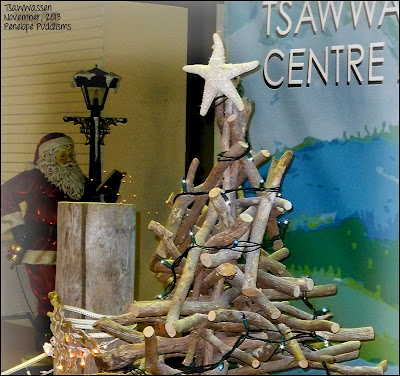DESPITE signage to stay calm, people responded with wild and noisy adoration when The Who appeared on stage at Roger's Arena in Vancouver on Friday 13th this weekend.
The British rock band that began over 50 years ago is still going strong with two original members, singer Roger Daltrey and guitarist/songwriter Pete Townshend.
Seated far from the stage, my husband and I relied on big screens and background videos to enhance the experience. All the musicians played their hearts out trying to please, including Ringo Starr's son Zak Starkey who smacked the drums with both vigor and finesse. Keith Moon who passed away several years ago was the original drummer for The Who.
The screen scenes showed key historical world events spanning 50 years as well as the band's enthusiastic fans from the past to those currently at the arena. It wasn't always easy to distinguish the time frame, although cell phones in hand were a good clue.
The past fifty years were kind to 72-year-old Daltrey whose powerful voice had an emotional edge and raw richness to it that in my opinion superseded the voice of his youth.
The walls reverberated with LOOOUDDD rocking sounds and I wondered if I was the only one uncool enough to plug my ears now and then.
I heard that way, way back in the "old days" Pete Townshend smashed his guitar on stage during performances but now only strings were broken and instruments were more gently exchanged.
They played some of their biggest hits, including My Generation, Pinball Wizard and I Can See For Miles.
When I got home I found a video from a television show they did years ago when they had more hair and seemed a bit more constrained than they currently were at the arena.
I think this group got better and better (as did the light show) and grew into their most meaningful tunes over time.
Visit Postcards From Penelope Puddle to view more BC scenes.
To see more sights from around the globe visit OUR WORLD at the sidebar.
This post is also linked to SIGNS, SIGNS.
.jpg) Copyright by Penelope Puddlisms
Copyright by Penelope Puddlisms













































